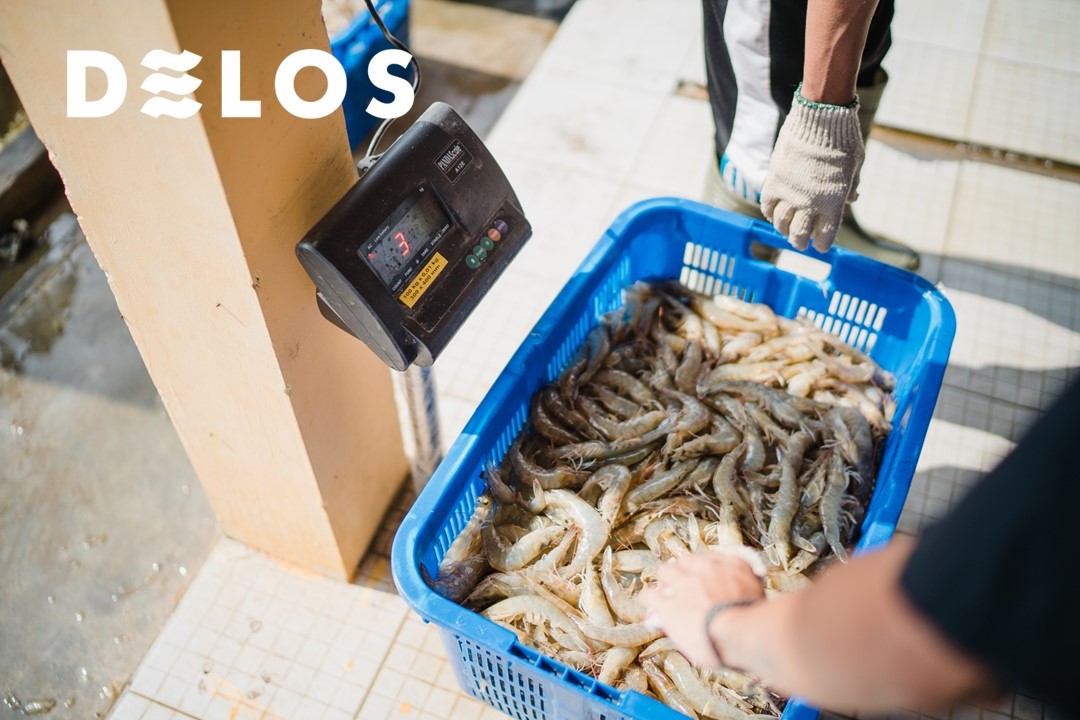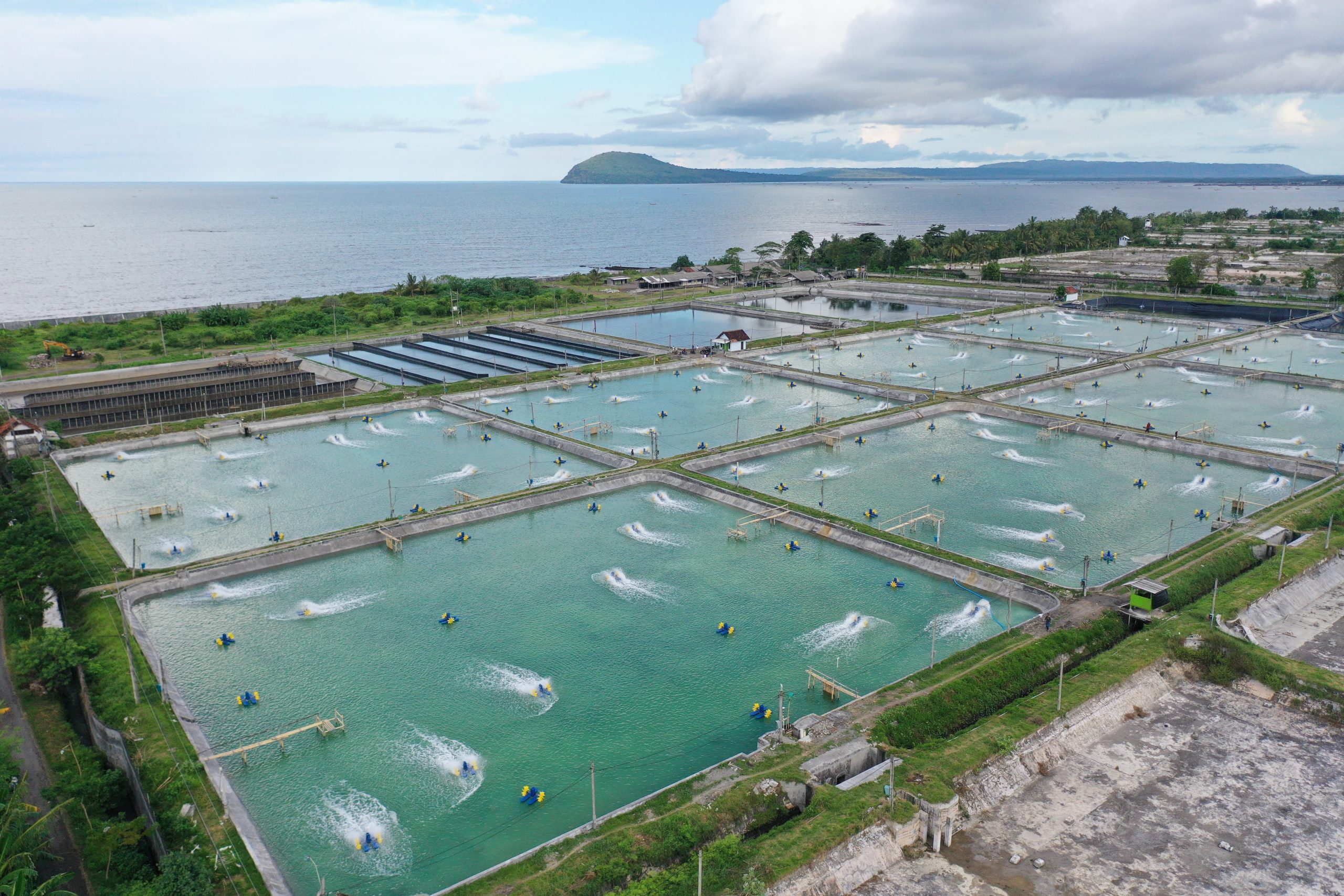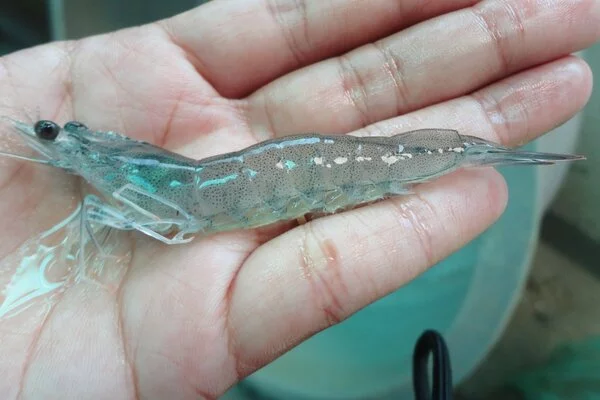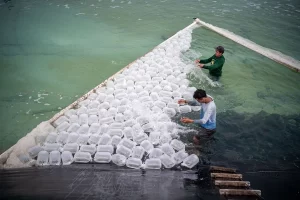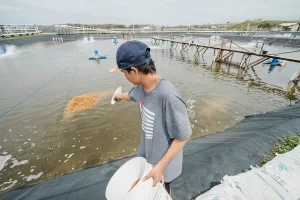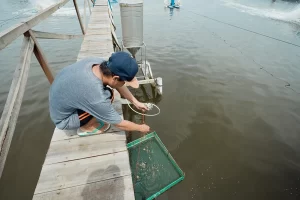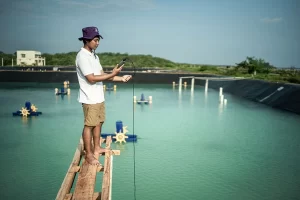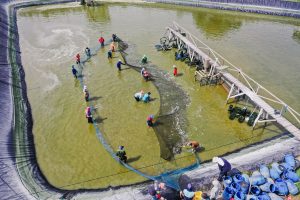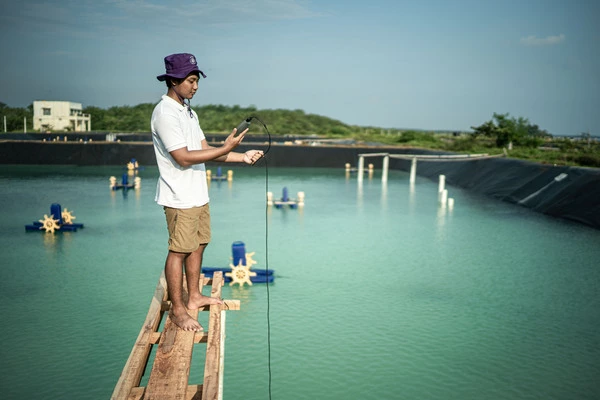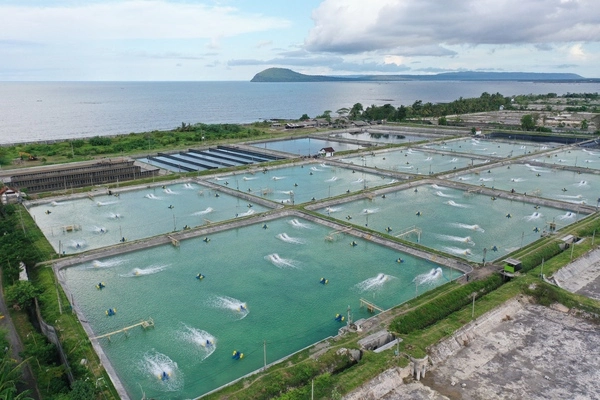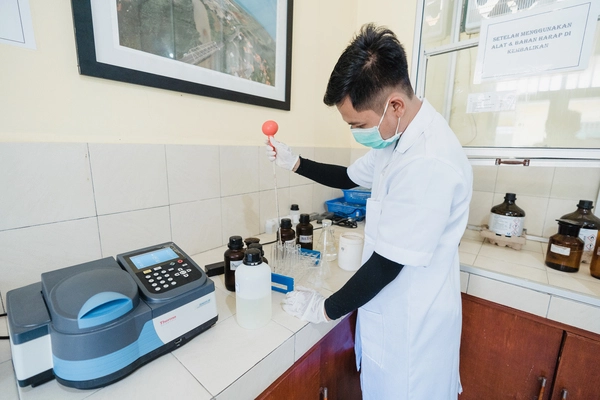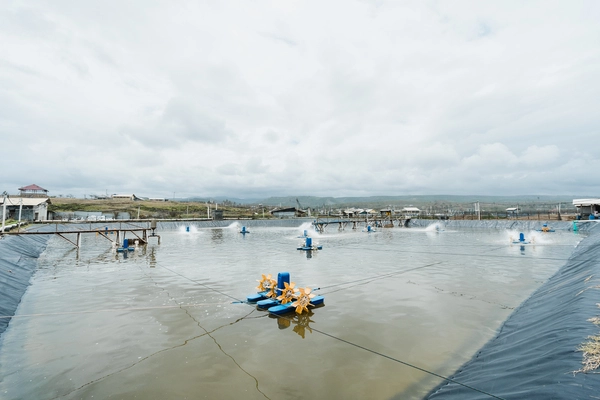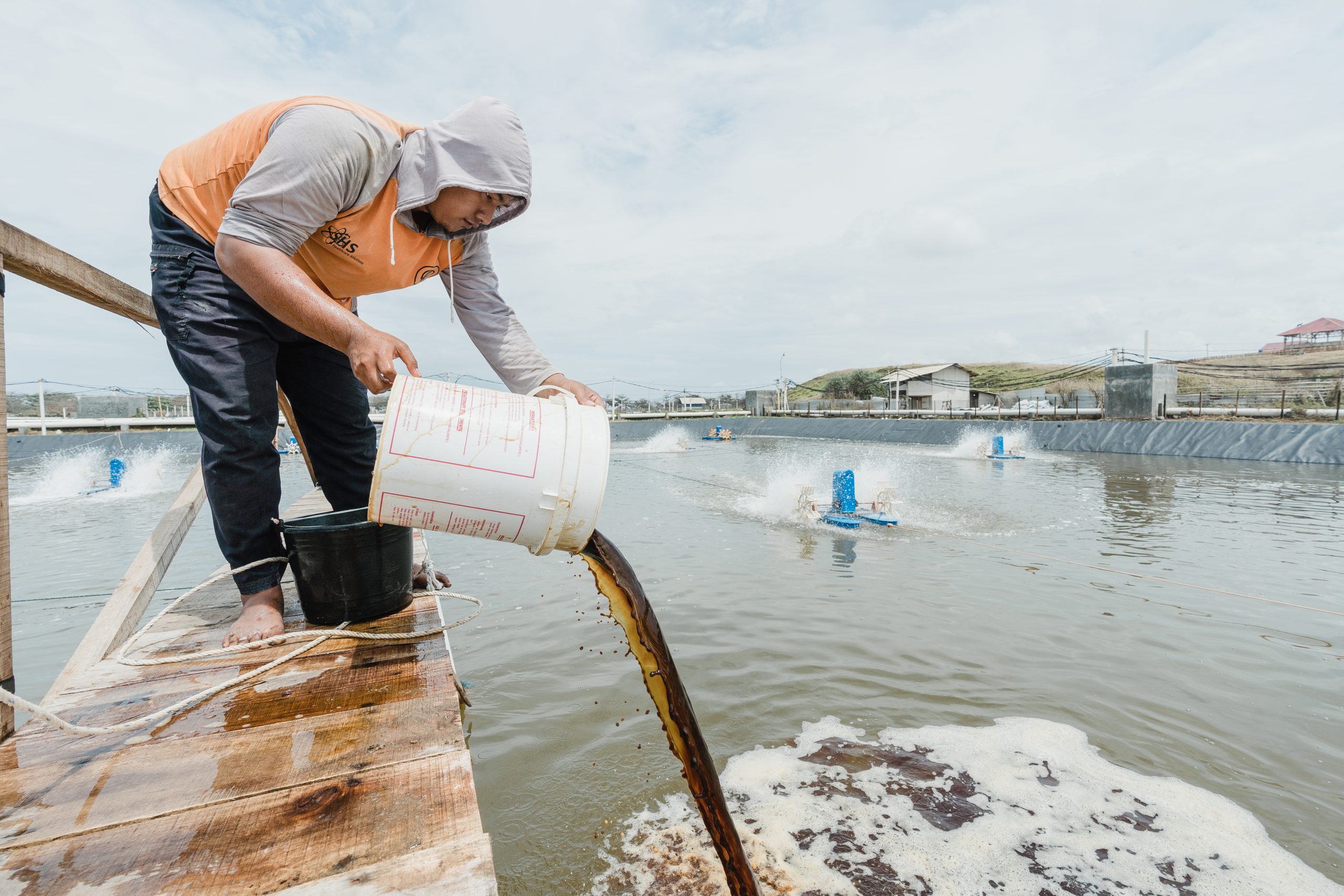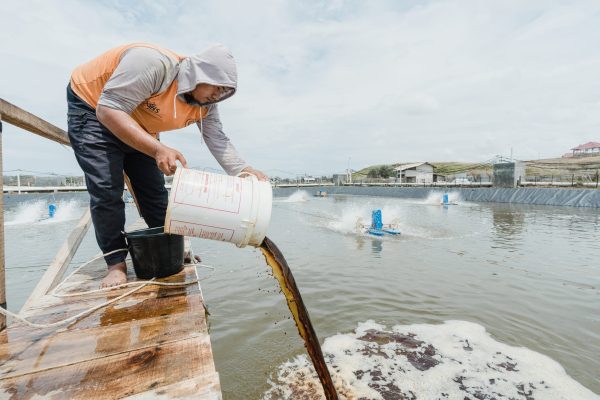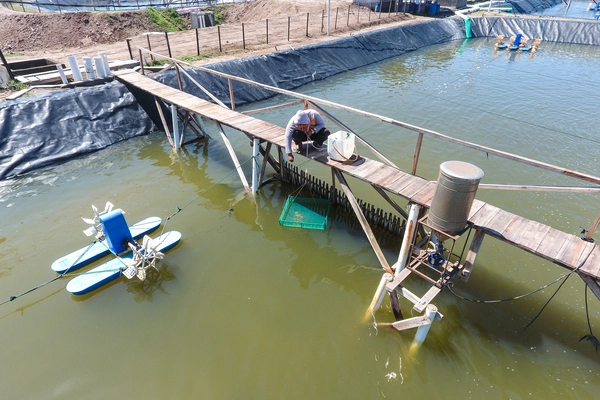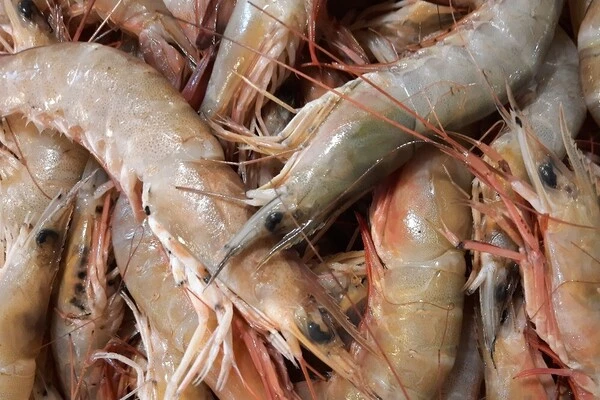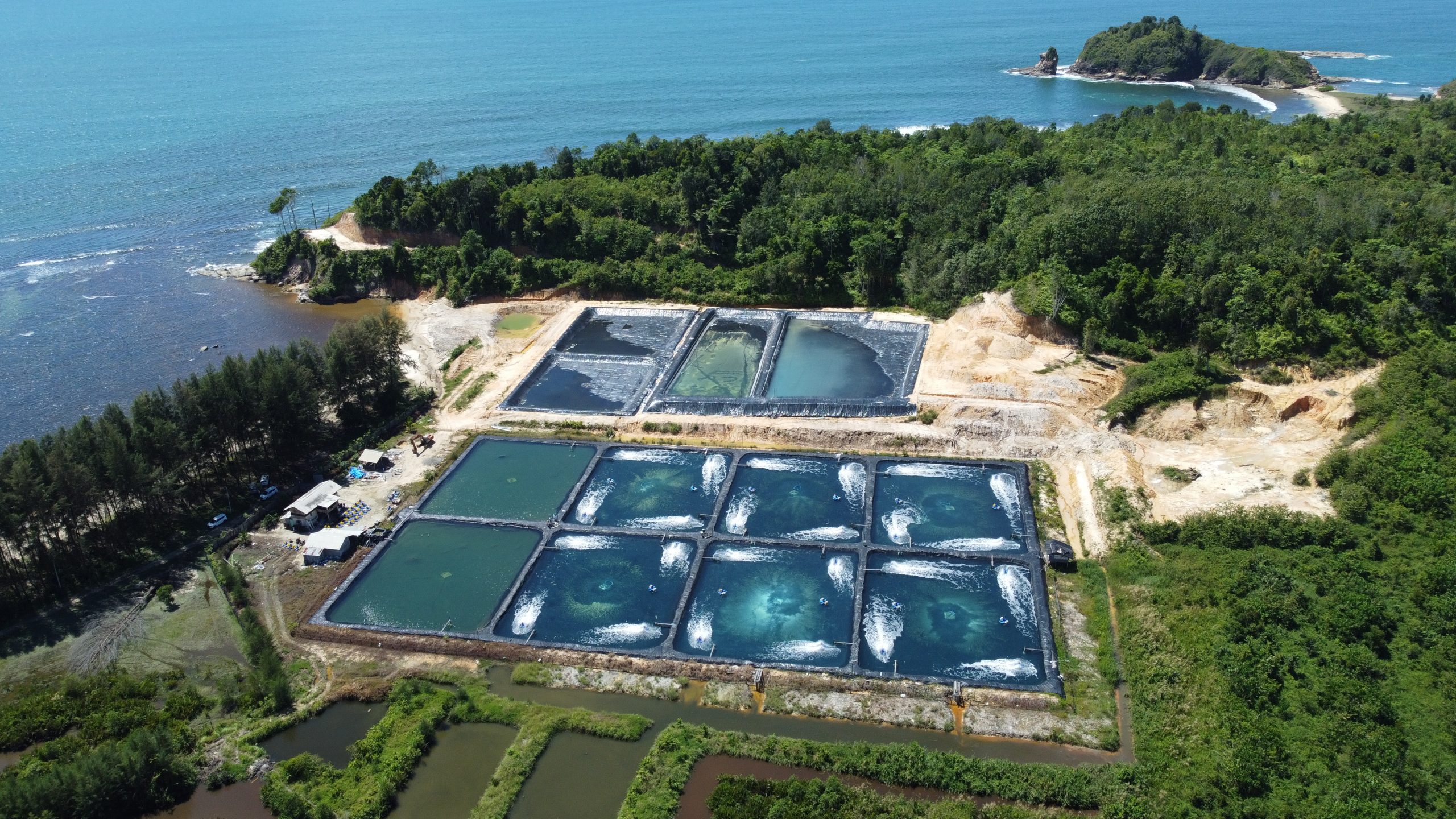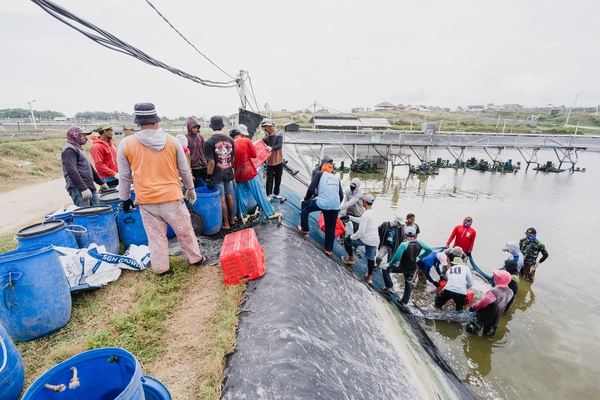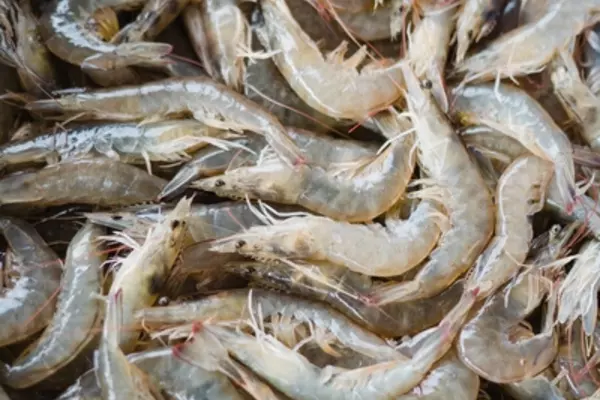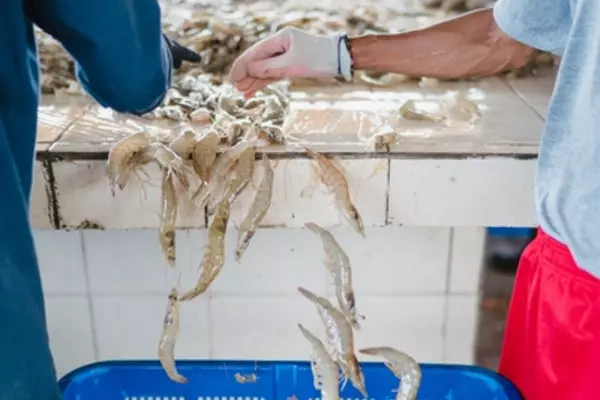What Is MBW Term In Shrimp Farming and How To Calculate It?
In shrimp farming, there are many important terms that farmers must know, one of them is MBW or Mean Body Weight. The term MBW refers to the average weight of vannamei shrimp per head resulting from sampling in a certain period.
MBW term in shrimp farming plays an important role during the cultivation period. It is because MBW is also used to calculate various other aspects of growth in shrimp. For example, to calculate ADG (average daily growth) and biomass of the vannamei shrimp.
So, how to calculate the MBW of vannamei shrimp? Let’s get to know about it in this article!
Also Read: Latest Vannamei Shrimp Prices in Indonesia
What is MBW Term in Shrimp Farming?
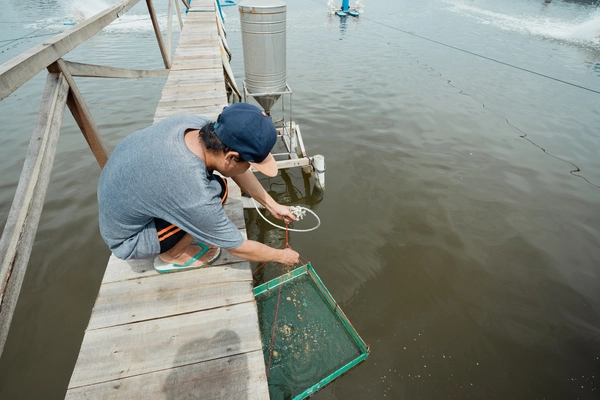
If you have been in the aquaculture industry for a long time, especially shrimp farming, you might know there are many unique terms which generally abbreviated. Starting from ABW, MBW, FCR, SR, and many more.
The term MBW comes from the mean body weight, which means the average weight. In shrimp farming, MBW is the average weight of shrimp per head obtained from routine sampling during cultivation.
The purpose of doing this MBW calculation is to determine the condition and growth of shrimp. In addition, if certain diseases attack the shrimp, it can also be known from the sampling carried out regularly by looking at the anomalies of its growth.
In addition, if there is an anomaly in the growth of shrimp or even if the shrimp is infected with diseases, it can also be identified through abnormal MBW conditions as an early detection before further lab research is carried out.
Also Read: Types of Vannamei Shrimp Feeds to Make Your Shrimp Grow Faster
How to Calculate MBW of Shrimp?
How to calculate the MBW of shrimp is quite easy to do; the first step is to take a random sampling of shrimp at several anchor points in the same pond map. The shrimp that were successfully taken were then weighed and counted.
After calculating each weight and number of shrimp in the sampling, you can use a special formula, namely by dividing the total weight of the shrimp by the total number of shrimp weighed.
Simply put, the shrimp MBW formula is as follows:

Isn’t it easy to calculate the MBW of shrimp? However, keep in mind that sampling must be done in the same place on each pond plot. This aims to obtain more accurate results in measuring the growth of shrimp.
Also Read: 10 Types of Shrimp for Aquaculture and Aquascape
Shrimp Farming is Easier with DELOS Farm Management
MBW term in shrimp farming can be said to be one of the important calculations during cultivation. It is because by calculating and knowing the MBW of shrimp, farmers can find out how the growth and development of their shrimp are.
If you have a shrimp farm on an intensive or super-intensive scale, managing a shrimp farm, including calculations related to MBW and so on, will be a bit of a hassle.
However, you don’t have to worry because DELOS is here to help you manage your shrimp farm. DELOS is the best science, technology and operations management-based aqua-tech company that can help you explore new opportunities in aquaculture.
DELOS Farm Management is also integrated with AquaHero app, making it easier for farm owners and technicians to monitor their shrimp ponds daily.
Confused about supply problems for pond needs? DELOS also has a Supply Chain Integration program, you know. We can help connect you with producers and farm owners to get and sell products for pond needs at the best prices.
You can easily contact the DELOS Team via contact@delosaqua.com or submit via the contact column of our website www.delosaqua.com to find out more about Farm Management and our Supply Chain Integration program. Trust your farm management to DELOS!

